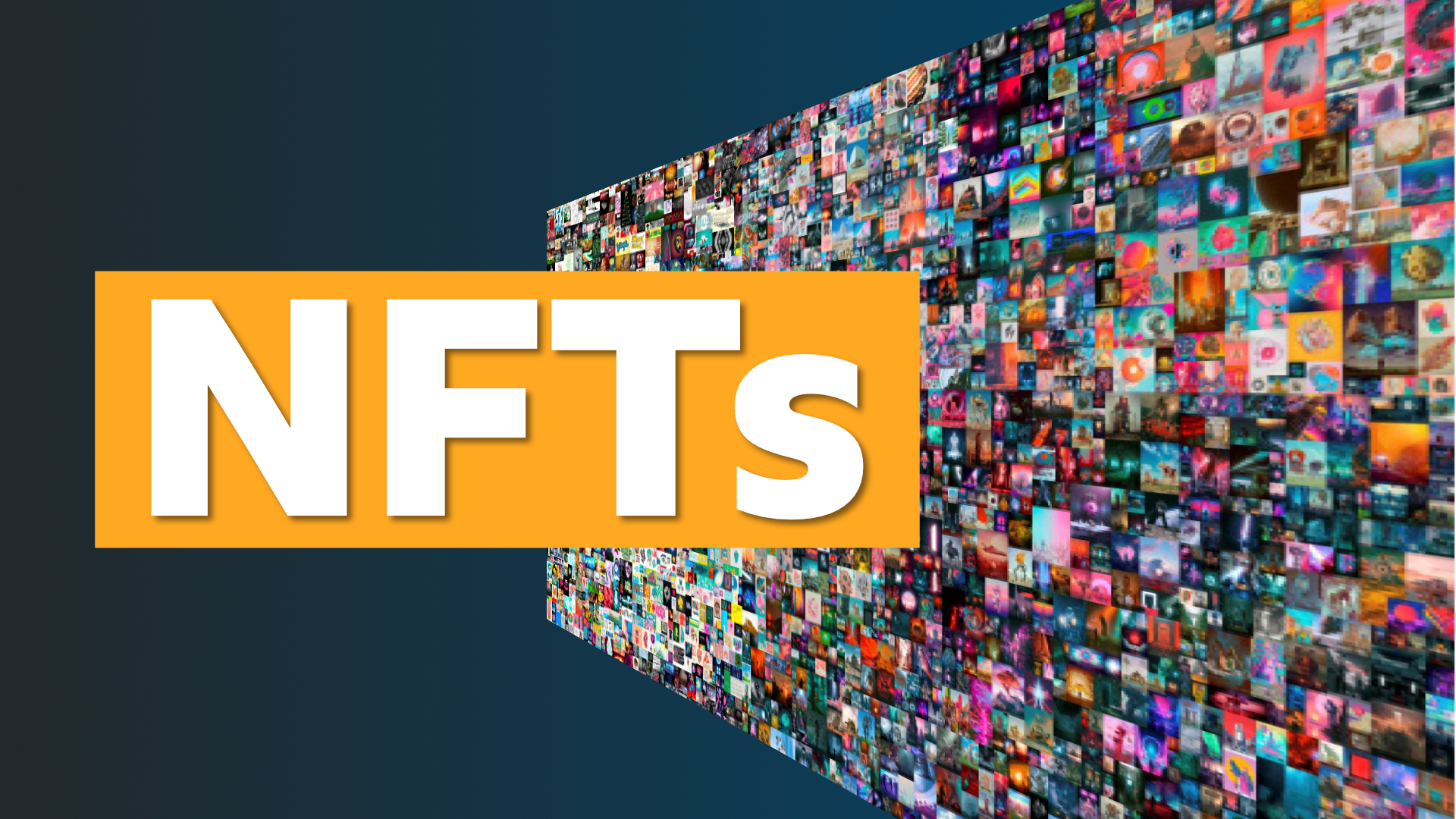NFTs: The Ins and Outs of Creating Them
With the popularity of NFTs, it is easy to see why they are attractive to create. If you’re a creative person, a digital artist, a music artist, or even a game developer, then maybe you’ve been thinking about getting into NFT creation as part of your creative outputs. This guide will offer some advice on the ins and outs of creating NFTs, the different types of NFTs that you can create, what you need to know, and popular marketplaces where you can store and share your creations.
What Are the Different Types of NFTs?
There are several different types of NFTs, each with its own benefits and use cases. These include digital collectibles, such as games and trading cards. There are also tokenized physical assets, such as real estate or art, and digital rights management, such as copyright protection and digital identity management.
First, digital collectibles are unique digital assets that can be bought, sold, and traded. They are typically used for games and trading cards, and they are becoming increasingly popular due to their potential to revolutionize the way we think about digital ownership.
Tokenized physical assets are digital assets that represent physical assets, such as real estate or art, as briefly discussed above. They can be used to tokenize physical assets and create a new marketplace for digital goods – which means that creators can now monetize their work and make money from their art or other assets.
Finally, digital rights management is a type of NFT that is used to protect digital assets, such as copyright protection and digital identity management. This type of NFT can help protect digital assets from being stolen or misused.
Benefits of creating NFTs
Creating NFTs has a variety of benefits. NFTs are secure and immutable, meaning they cannot be tampered with or counterfeited; this makes them ideal for storing digital assets, as they are safe and reliable. NFTs are tradeable and can be used to trade digital assets like cryptocurrency. This means that the owner of an NFT can benefit from the asset’s appreciation and the fees associated with trading. NFTs are becoming increasingly popular, meaning that creating an NFT could potentially lead to financial gain.
NFTs can come in the form of artwork, 3D digital sculptures, animations, music, in-game items, and other digital collectibles, so there are plenty of options for creators to varying their work.
What You Need to Know Before Creating an NFT
Before creating an NFT, it is vital to understand the basics of blockchain technology and smart contracts. You should also understand the different platforms available for creating NFTs and how they work.
Another critical thing to consider before creating an NFT is the type of asset you want to tokenize. If you are creating digital artwork, you will need to consider the size, format, and resolution of the image or video you want to use. If you are tokenizing a physical asset, you will need to think about how it will be represented on the blockchain.
Plus, you should also consider the legal implications of tokenizing an asset. Depending on the asset and the jurisdiction, certain rules and regulations may need to be followed. It is important to be aware of these before creating your NFT.
Popular Platforms for Creating NFTs
There are several popular platforms for creating NFTs, each with its own features and benefits, such as OKX. You need to make sure that you thoroughly research the platform that you want to use because they will all have their own fees when it comes to the creation and selling of NFTs. You will also need to invest in some cryptocurrency like Ethereum to deal with the costs associated with the hosting and transaction process of your NFTs.
How to keep your Creations Secure
When you create NFTs, you will want them to be as secure as possible, and this can be done in many ways:
- Thoroughly research the platform you’re wanting to host your NFTs on, and make sure that it is secure and reliable.
- Back up your creation in a secure crypto wallet to prevent any chance of losing it to data corruption.
- Utilize multifactor security measures like encryption codes and secure passwords, because the harder it is to hack into, the less appealing it will be for anyone to try and steal.
- Explore the different hot and cold wallets that are available to see what works best for you and your creation, and make sure that your NFTs are compatible with it.
Conclusion
By following the steps outlined in this guide and understanding the potential of NFTs, you can unlock the potential of this new asset class and create digital assets that are secure, immutable, and transparent. With the right strategies and knowledge, you can create NFTs that will be attractive to investors and collectors alike.
Read more: 6 Tips When Preparing For A Mortgage

